

Startup Fundraising | How does crowdfunding work?
26th February 2022
Crowdfunding is the second most popular way of raising investment for start-up and early stage businesses. In fact, crowdfunding platforms are only one step behind VCs as the most active type of equity investment.
But how much do you know about crowdfunding? Read this to find out.
What is crowdfunding?
Crowdfunding harnesses the power of the crowd (i.e. your network) by offering them the opportunity to invest in your business. While traditional funding is all about one, or a few, investors injecting large amounts into a business, crowdfunding is many small sums invested by a large group of individuals.
Related: How Can I Identify the Right Sources of Investment for My Business?
Typically, each Crowdfunder will only invest a few hundred up to a few thousand pounds but, if the crowdfunding campaign goes well, all those investments can quickly add up to a meaningful sum of money.
Two of the biggest crowdfunding success stories are BrewDog, the craft brewery that raised millions of pounds and achieved Unicorn status through crowdfunding, and Monzo, the challenger bank that made crowdfunding history when they raised one million pounds in an awe-inspiring ninety-six seconds.
Besides raising money, what are crowdfunding’s other benefits?
For a start-up or early stage founder, crowdfunding is a terrific way to test the viability of their concept by leveraging their personal network and existing client base. It can be a lot faster than raising investment through a VC, and giving customers the chance to own a small part of your company can massively increase your brand loyalty.
Crowdfunding can also significantly boost a start-up or early stage business’s visibility. It’s an extremely low-cost way to spread the word and tell a readymade audience what you’re doing without having to haemorrhage a scary amount of your budget on marketing. Suppose a crowdfunding campaign is especially successful and raises money quickly. In that case, it also lets other people (especially VCs) know that this start-up is one to watch, so when it’s time for the business to scale up and go into subsequent funding rounds, it will already be on investors’ radars.
From the investor’s point of view, crowdfunding can often be the most attractive option. Whether they want to invest but don’t have a lot of money to play with, or they want to support a business they believe in and be rewarded with a higher return than a traditional investment, crowdfunding offers a small investor a lot of opportunity with only moderate risk.
What are the different types of crowdfunding?
There are three common types of crowdfunding.
Investment-based crowdfunding
This is the type of crowdfunding that most start-ups and early stage businesses will look for because it offers a stake in the company – often in the form of shares – in return for each person’s investment. The two largest investment-based crowdfunding platforms in the UK are Crowdcube and Seedrs. These platforms (and most other crowdfunding sites like them) will manage a lot of the technical and legal sides of the deal in return for a small commission on the overall amount raised. It’s this area of crowdfunding in which Robot Mascot supports its clients.
Peer-to-Peer crowdfunding
Also known as Loan-based crowdfunding or P2P Lending, these platforms lend money at a set interest rate to individuals or businesses. It’s essentially the same process as borrowing money from a bank and, for that reason, won’t apply or appeal to the majority of founders seeking investment. Robot Mascot client Plend is a great example of peer-to-peer lending.
Reward-based crowdfunding
This is where, many years ago, the whole concept of crowdfunding began. Crowdfunding started as a way for musicians, directors, artists etc., to raise money for their creative projects, and the ‘reward’ for funding them was usually to receive the finished product before anyone else or at a discounted price. This form of crowdfunding is now used to launch new products to market by asking the crowd to ‘pre-order’ the product on the understanding that the product will only be produced (and customer charged) if the campaign target is hit. Again, this sort of crowdfunding isn’t the most popular method for most entrepreneurs seeking investment, but it is great for start-ups who have the first version of a physical product they want to launch without the risk of buying the raw materials or ordering stock before they get any orders. This is how our client Crown Cruiser got their first 200 orders and launched their business.
How does Investment-based crowdfunding work?
Investment-based sites like Crowdcube and Seedrs will assess you before accepting you onto their platform. Their analysts will want to see that your business has a credible plan and an investable business case. They’ll also want to see signs that your business already has a strong community that would be likely to invest in you.
On top of that, almost all the major crowdfunding platforms will require you to have some initial investment committed to your round before they’ll accept you. For that reason, be prepared that you might still need some Angel investors onside before you’ll be able to take the crowdfunding route.
In terms of Crowdcube and Seedrs, any UK-based limited company can apply for crowdfunding. The minimum amount you can raise on Crowdcube is £150k, and the average raise (at the time of writing) is £670k. So far, Crowdcube’s biggest raise is £10m raised by BrewDog.
Seedrs minimum criteria is above £50k. In 2020, the money-saving app Snoop raised over £10m on Seedrs.
Probably the most significant difference between Crowdcube and Seedrs lies in their deal structure. Whereas Crowdcube uses both a direct ownership (i.e. when someone invests in your business, they become a direct shareholder and receive a Share Certificate) model, as well as a nominee structure model (i.e. when someone invests in your business, the platform holds the legal title to shares in your business on their behalf), Seedrs uses a nominee structure model only.
What are the key disadvantages of crowdfunding?
- Not all start-ups and early stage businesses that apply to crowdfunding platforms get onto them.
- If your business doesn’t reach its funding target, you usually won’t receive anything. Any finance that has been pledged will be returned to your investors.
- If your crowdfunding campaign fails, a lot of people will know about it. This could damage the reputation of your business and create an obstacle when you try to raise investment from other sources.
- If you miscalculate the returns or rewards you’re offering, you could end up giving too much of your business away to your investors.
What are the secrets of a successful crowdfunding campaign?
- Start your campaign early to stir up interest, build expectations, and have as many people as possible eager to find out more. Don’t wait until launch day to promote your campaign because it will be too late. Most crowdfunding drives are only live for a couple of months at most, so prospective investors need to know about you well ahead of time.
- Do some direct competitor analysis: how have similar crowdfunding campaigns worked out for other start-ups in your arena? Many crowdfunding sites archive the campaigns that have been held on their platform, so it shouldn’t take too much digging to find out how your competitors have done. A simple Google search can be extremely useful, too.
- Target the right people: it’s called ‘crowdfunding’, not ‘scatter gunning’. Even though you want as many people as possible to be aware of your campaign, you want to reach the right people. Personalise your message as much as possible and don’t attempt to win over everybody. Most successful crowdfunding campaigns have less than a thousand backers.
- Build a community and don’t stop: leverage the power of social media, set up a compelling landing page and a lead generation form so that people can sign up for updates and know precisely when funding starts. Do everything you can to direct traffic to your landing page and keep everyone updated on your progress. Campaigns that update their followers regularly (at least four updates, but usually many more) raise an average 126% more money than campaigns that don’t.
In other words, give your crowdfunders a reason to believe in you, be excited by you, and feel compelled to invest their money in you just like you would if you were going into a pre-seed or seed round with a VC or Angel. Even though the geography of crowdfunding is different, the principles behind attracting investment are still fundamentally the same.
To learn more about those principles, you can download a free copy of Robot Mascot COO James Church’s bestselling book Investable Entrepreneur here.
UP NEXT:
The Importance of a Bulletproof Fundraising Strategy
Beyond the Pitch: Giving Your Potential Investors Even More Reason to Believe In You
Raising Investment: Three Mistakes Investable Entrepreneurs Must Avoid
Learn how to convince investors
Investable Entrepreneur takes you through our winning methodology – the process we use to increase our client’s chances of raising investment by more than 30x.
“This book will help you translate your entrepreneurial vision into something investors can get behind.”
Daniel Priestley, CEO and founder, Dent Global and four times best-selling business author
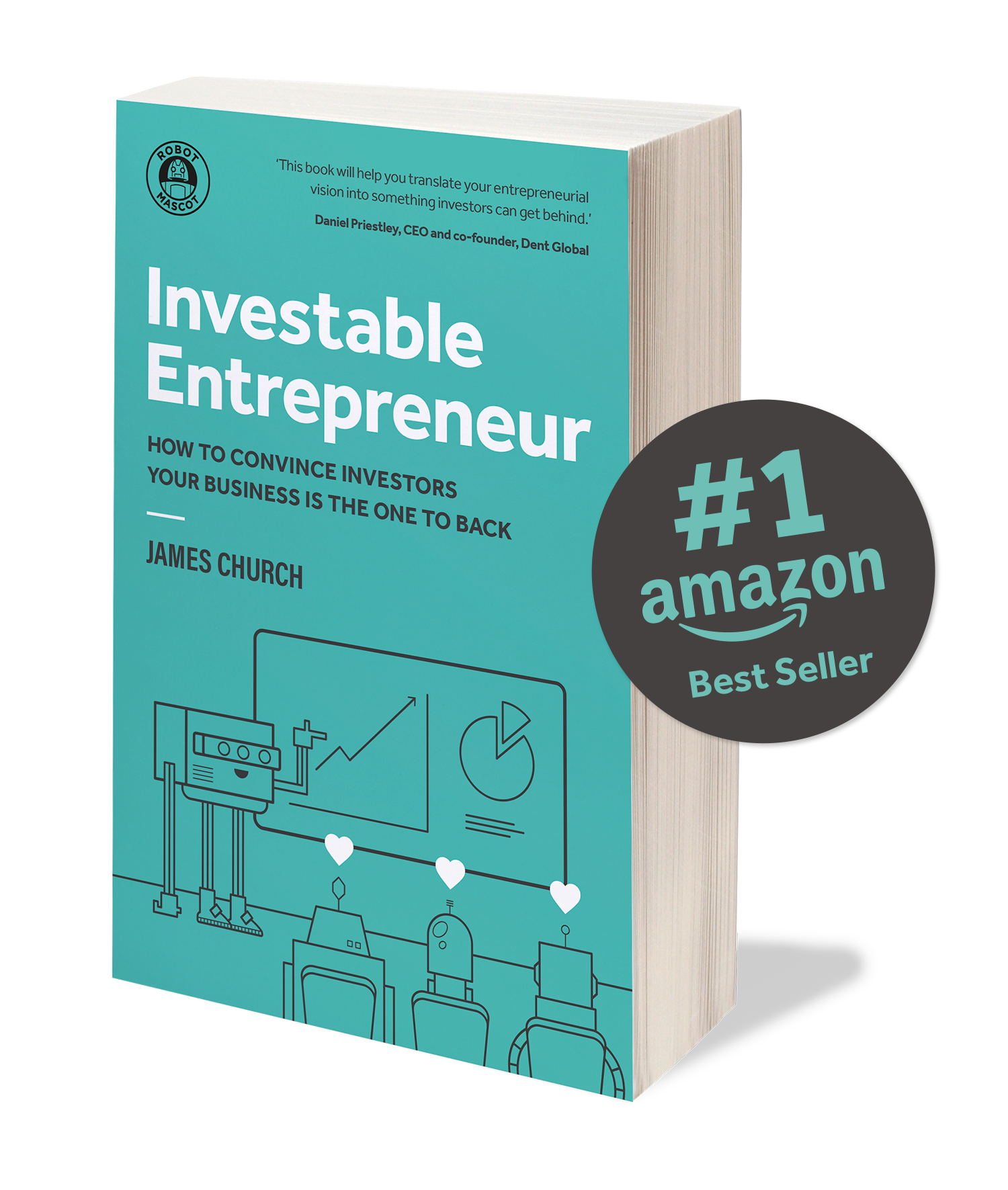
Keep up to date with what we’re up to via email

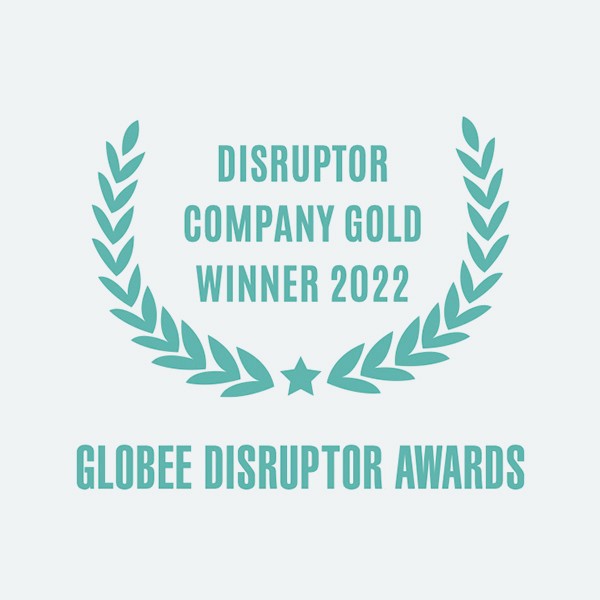
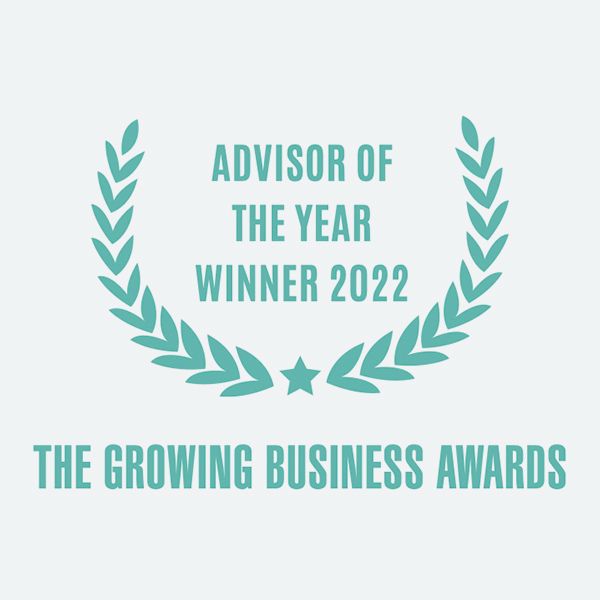
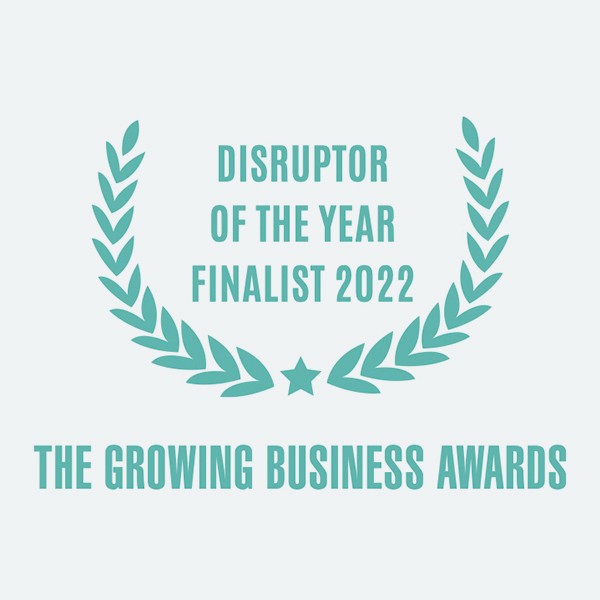
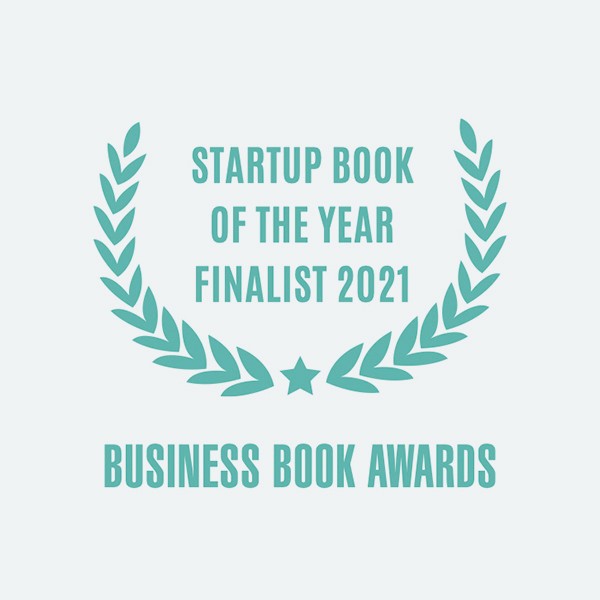

Copyright ©Robot Mascot Ltd. All rights reserved.





